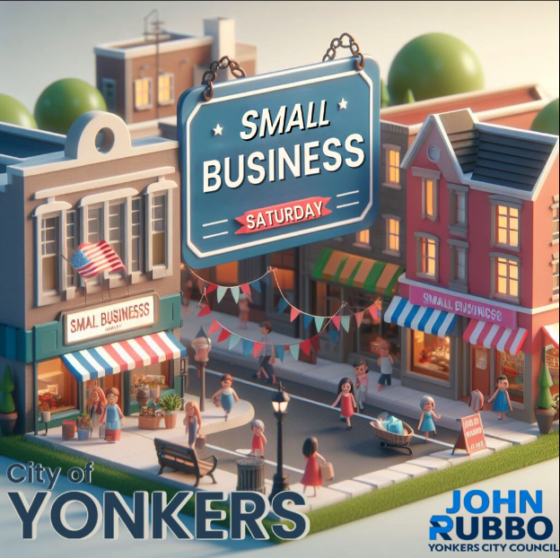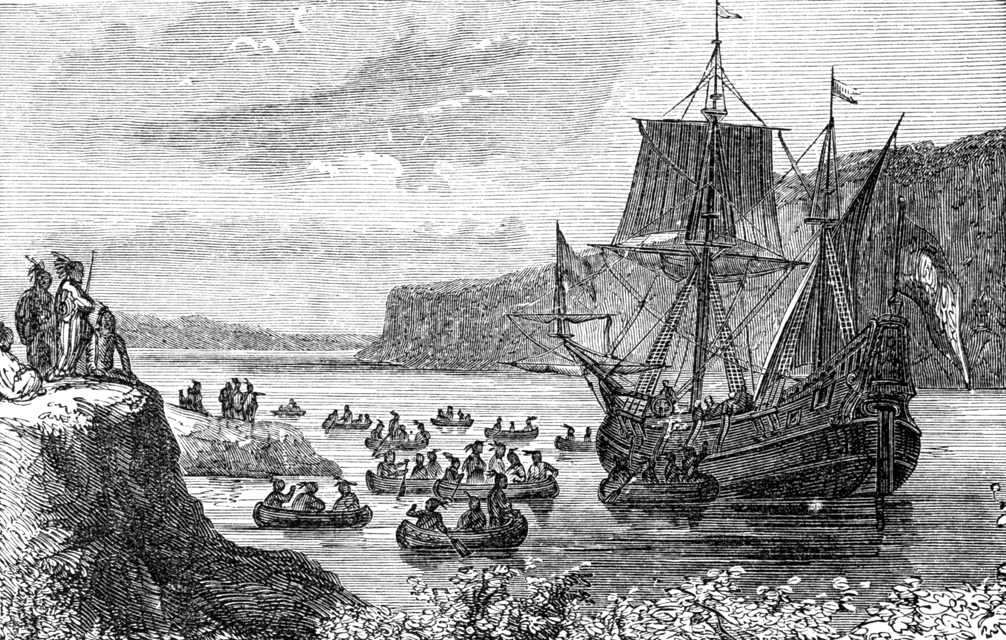
A Brief History of The City of Yonkers
The first residents of the City of Yonkers were Native Americans of the Algonquin, Mohegan and Manhattes tribes. Their village of Nappeckamack (meaning rapid water settlement) was located where the Neperah stream (the present day Saw Mill River) flowed into the Hudson or Shatemuck River.
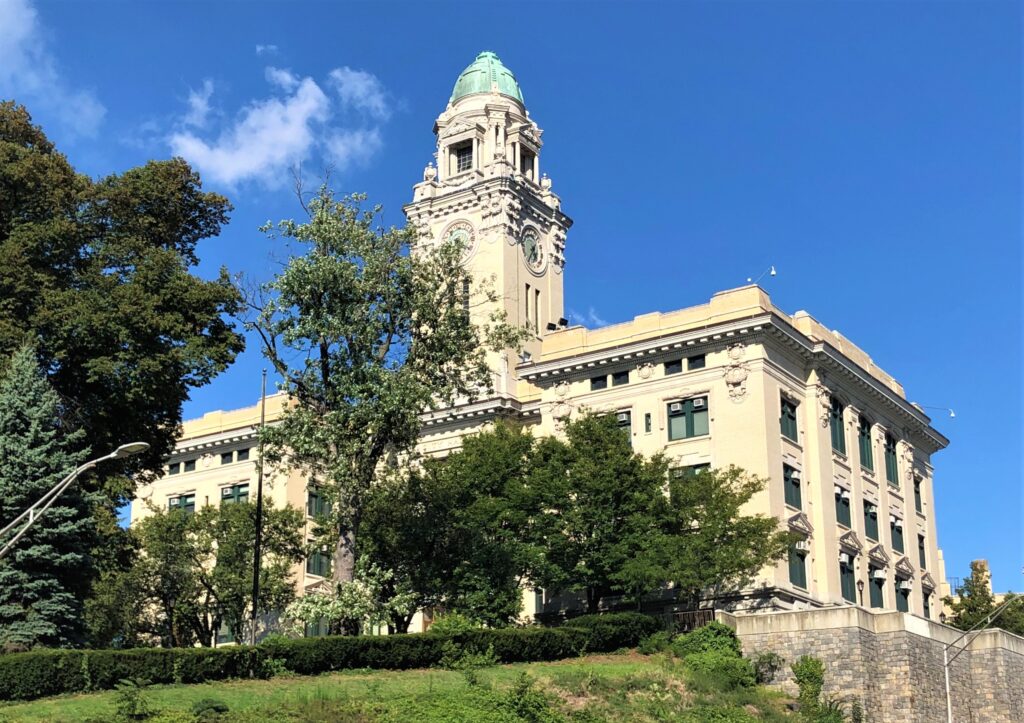
History Timeline
Early Yonkers History

1609
The Great River of the Mountains
In 1609, Henry Hudson made his famous journey up this waterway and named it “The Great River of the Mountains.” As captain of the Half Moon, he reported his discovery to the Dutch West India Company, which sponsored his expedition to find a new sailing route to India. Instead, fur trading with the Indians was established at various points along the Hudson River.
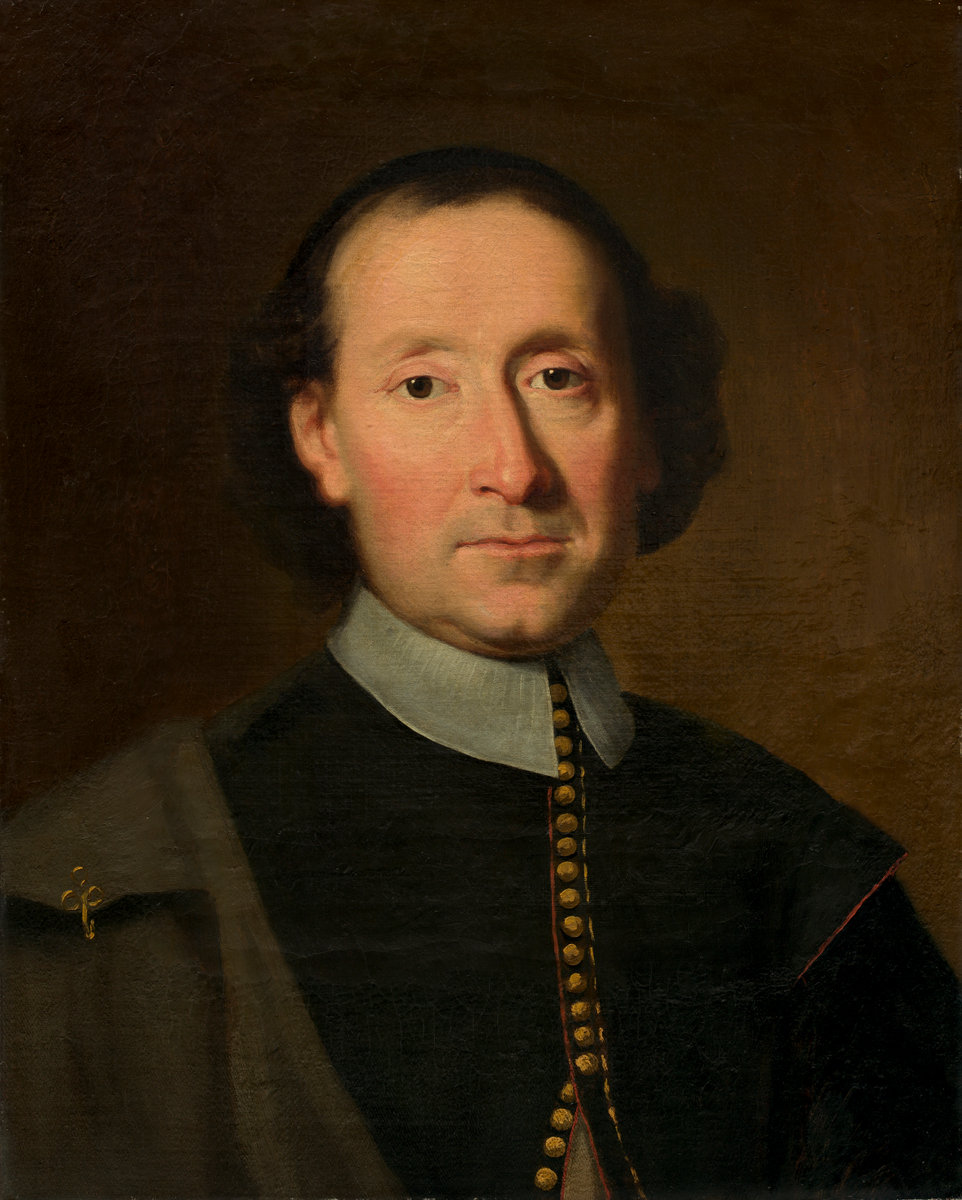
1649
Adrian Van der Donck
Under Dutch rule, the next business in the New Netherlands region became the purchase of lands. About 20 years after Peter Minuit bought Manhattan Island from the Indians, Adrian Van der Donck received his grant of the Colony of Nepperhan (or Colen-Donck) from the Dutch West India Company. As the area’s patron and as dictated by Dutch law, he bought the land from the Indian Sachem of the Keskeskick in the late 1640’s. Referred to as De Jonkheer, “young gentleman” or “young nobleman,” because of his status in Holland, Van der Donck built one of the first saw mills in the New World on De Zaag Kill, or the Saw Mill River, in 1649. Though small, the river provided significant waterpower for the location of the mill. It was from Van der Donck’s nickname that the city name of Yonkers evolved.
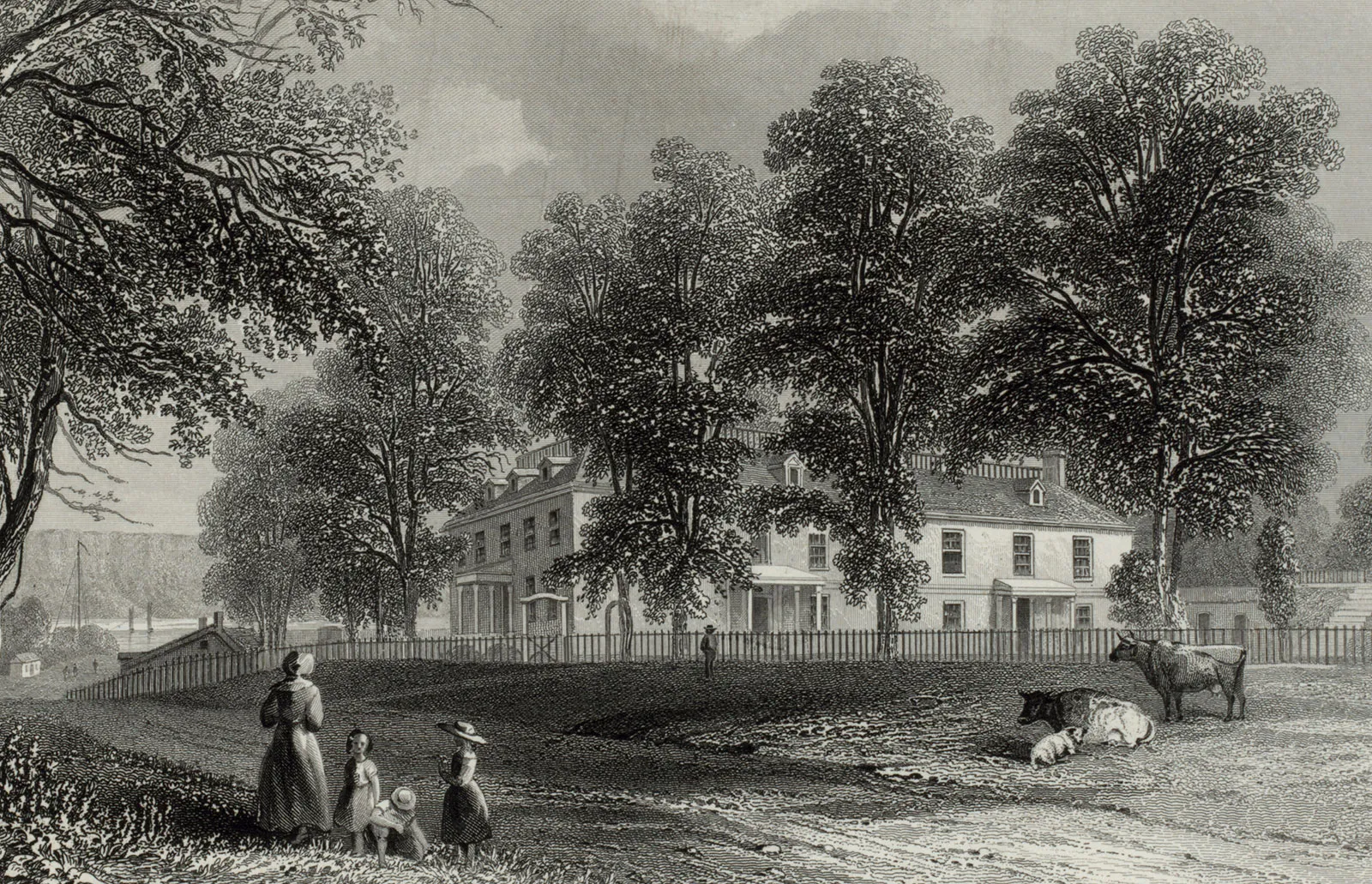
1672
The Yonkers
In 1664, the English claimed title to New Netherlands, and renamed the region New York. Colen-Donck, or “DeYounker’s Land,” was sold off in several parcels by Van der Donck’s widow in 1667. In 1672, a large part of “The Yonkers” was purchased by Frederick Philipse, who began to acquire and develop extensive real estate holdings. Having developed an extensive trade with the Iroquois as well as the East and West Indies, Philipse became Lord of the Manor of Philipsborough and built the early portion of Philipsburg Manor in what is now downtown Yonkers in 1682. By 1693, Philipsborough encompassed 25 square miles, from Croton to Spuyten Duyvil and from the Hudson River across to the Bronx River, with the exception of two land parcels. Today, Philipsburg Manor is known as Philipse Manor Hall, which served as the seat of government for the City, and was the first City Hall.
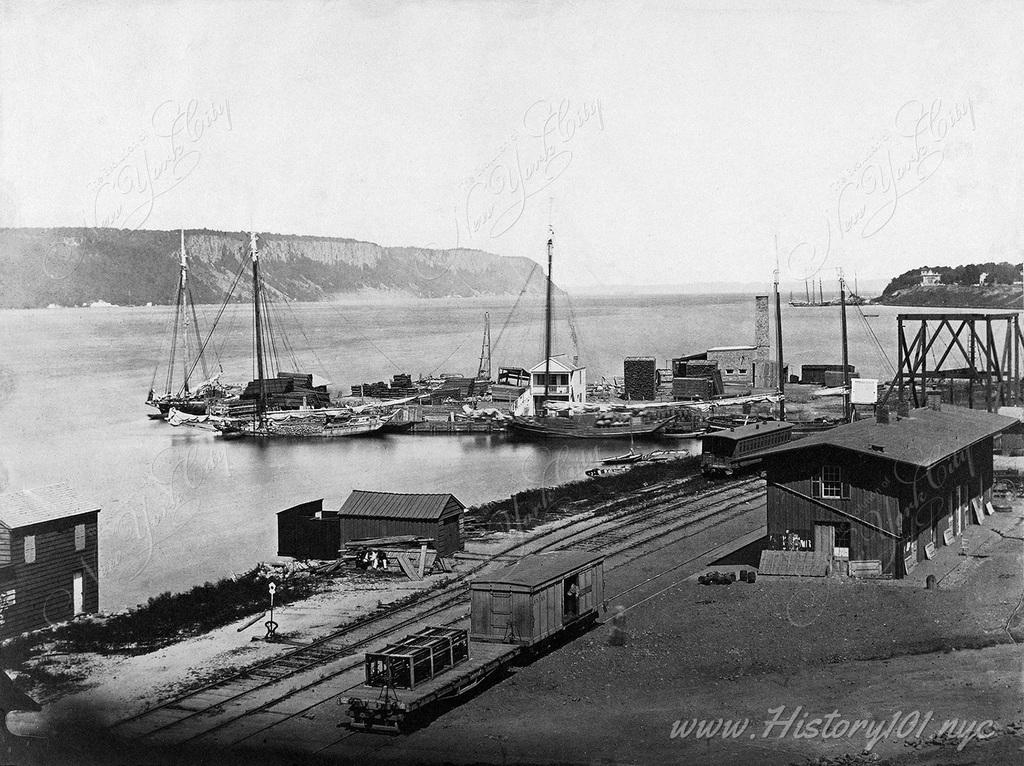
1790
County of Westchester
Although Yonkers was a small farm community in the 1700’s, its waterfront was (as it is today) essential, serving as a stop for sloops and stagecoaches. Many businesses soon began to emerge; saw mills and grist mills multiplied, land development increased and blacksmith shops, taverns and general stores evolved. Following the Revolutionary War, British supporters known as Tories, lost claim to their land and Philipsburg Manor was confiscated from Frederick Philipse III, a suspected British supporter. The land was divided under New York State Law and sold. The state of New York was divided into 16 counties in 1788, and Yonkers became one of the 16 towns into which Westchester County was divided. In 1790, Yonkers formally became a town in the County of Westchester.
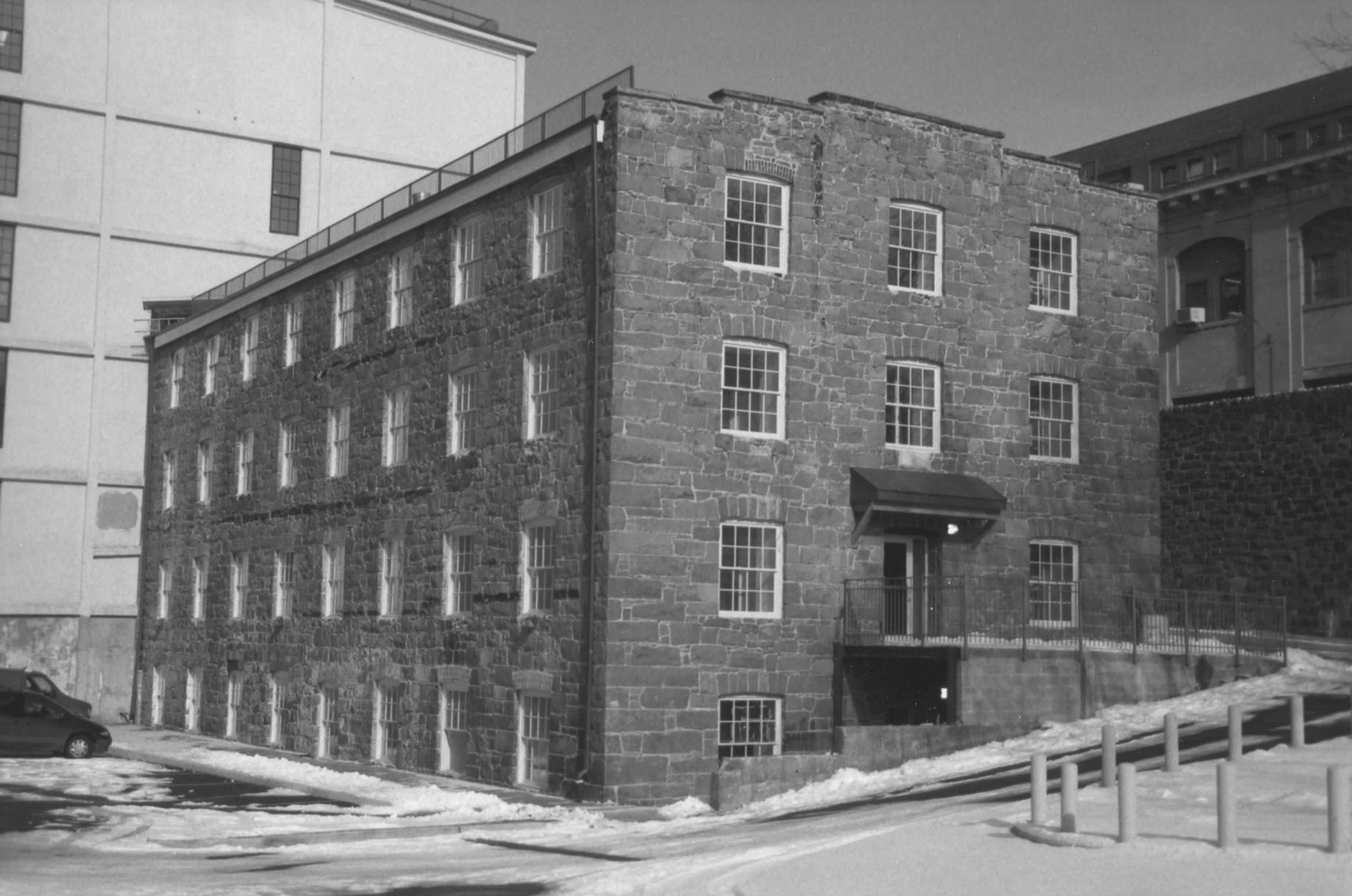
1814
City’s First Industrial Site
A stone mill (possibly the city’s first industrial site) was built during 1805-1814 in the Tuckahoe area of Yonkers, and was used as a cotton factory until 1852 when the Hodgman Rubber Company bought it and began producing rubber products. Hat manufacturing was another thriving business in Yonkers in the 1800’s. The industrial era in Yonkers was enhanced by innovations in water and land travel. In 1848, the first railroad station was built contributing to the establishment of more diverse occupations and trade in the area. Inventors such as Elisha G. Otis, who developed and manufactured the first elevator safety devices, which eventually made modern skyscrapers possible, called Yonkers home. Otis Elevator and its “made in Yonkers” stamp was one of the first industries to bring international recognition to Yonkers.
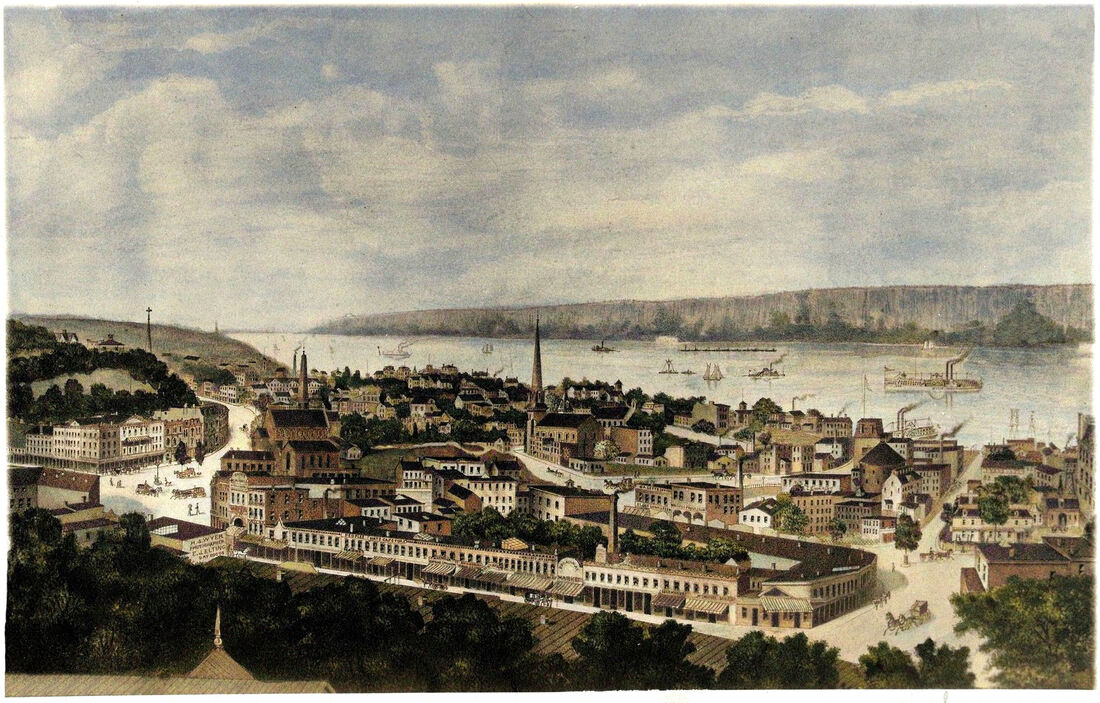
1855
Yonkers Was Incorporated
On April 12, 1855, Yonkers was incorporated into a village and new industries emerged; agricultural implements, electric machinery and the first trolley motor were developed by Osterheld & Eickemeyer. Carpet manufacturing was revolutionized by the Axminster (1858) and Moquette (1877) power looms invented in Yonkers. In 1865, Alexander Smith Carpet Shops was established and joined the ranks of multi-million dollar businesses born in Yonkers. (Incidentally, Alexander Smith was elected to Congress in 1878, but died on the night of his election.) Other industrial firsts included the sugar industry in 1862 and the first elevated mass transit system in the world, invented by resident Charles T. Harvey in 1867. On June 1, 1872 Governor Hoffman signed the charter establishing Yonkers as the first city in Westchester County. At that time, Yonkers boasted a population of 20,000 residents.
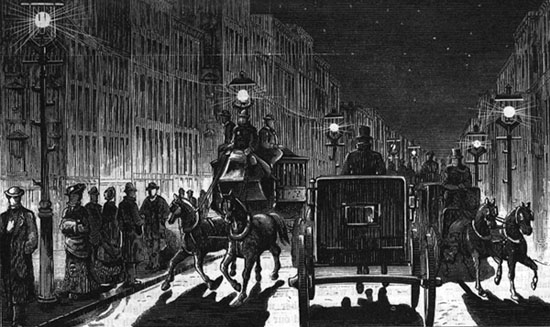
1861
Expand the field of activity
Throughout its rich history, Yonkers has been home to many “firsts.” Its founder, Adrian Van der Donck, was the first lawyer in New Netherlands. The first street lighting in Westchester County was introduced in Yonkers in 1861. Yonkers’ first newspaper, The Yonkers’ Herald, began publishing in 1852, and the Yonkers Daily was the first daily newspaper published in Westchester County, dating back to 1885.
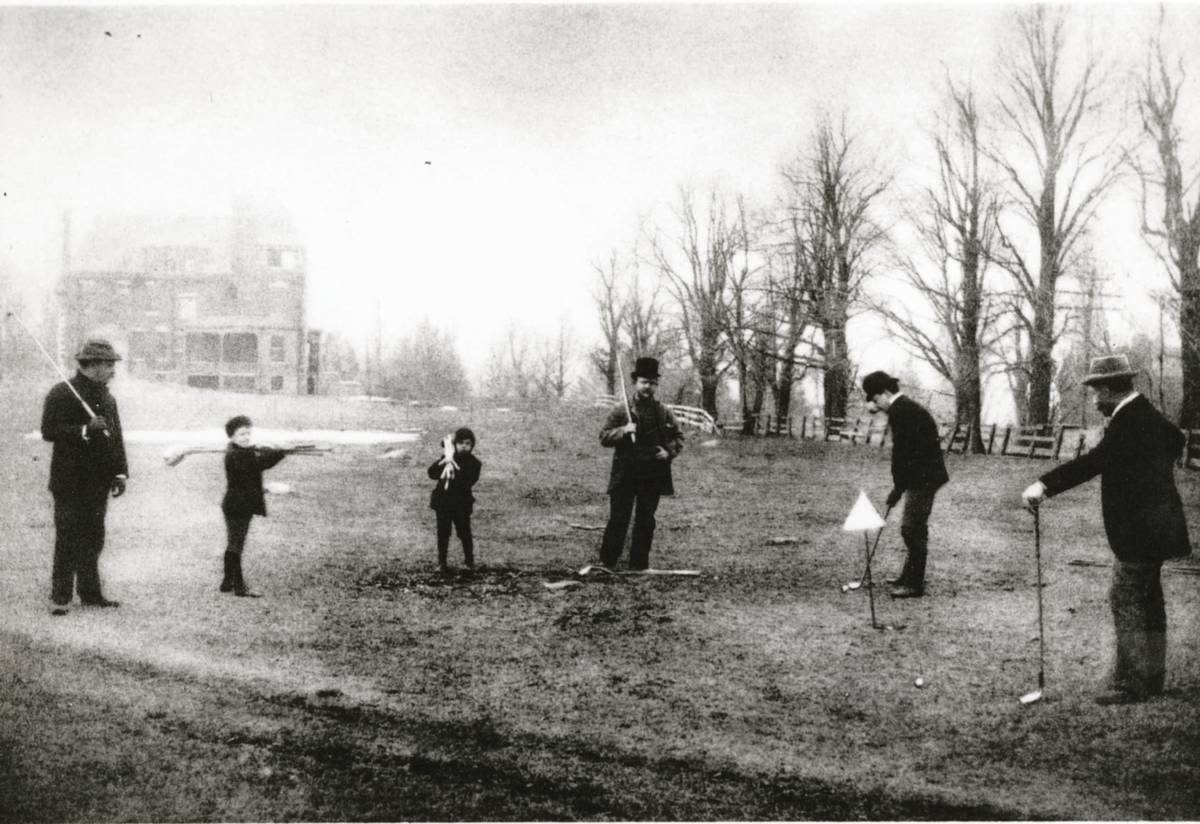
1888
The first game of golf was played
Samuel Tilden, former Governor of New York State and resident of Yonkers, was the first Presidential candidate to win the popular vote but lose the electoral vote in 1876. The first game of golf was played in Yonkers in 1888 at St. Andrew’s Club on North Broadway, and Yonkers became the first city in New York State to erect municipal public baths in 1896.
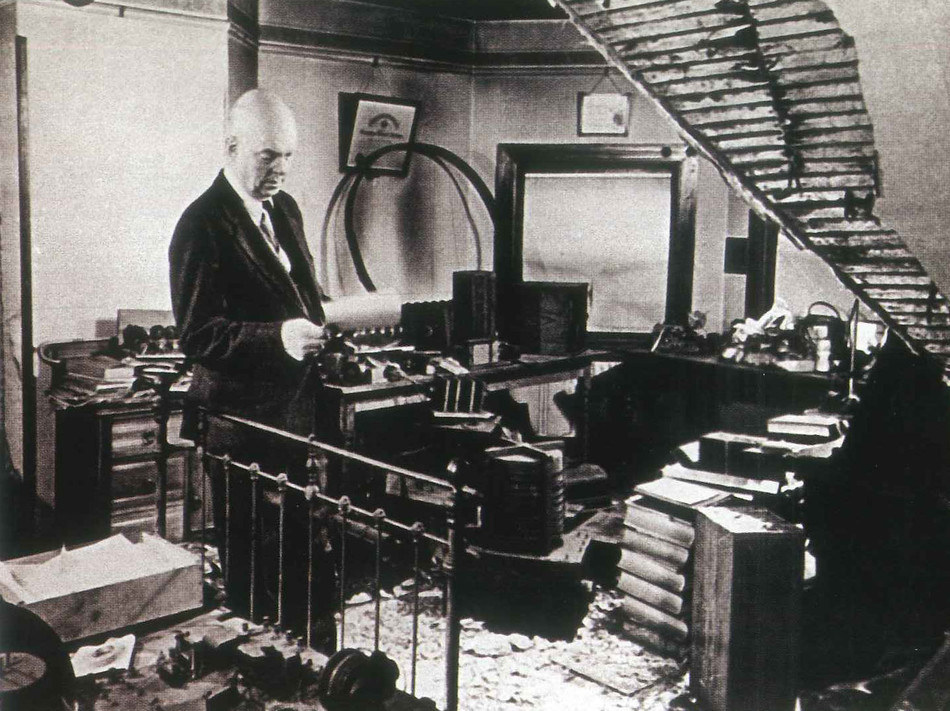
1912
FM Radio was Invented
Home to many notable inventors, Yonkers was the residency of Leo H. Baekeland, who developed and sold Velox paper to Eastman Kodak in 1899 and invented the synthetic plastic Bakelite in 1906. Edwin E. Armstrong contributed to technology, inventing FM Radio Broadcasting in Yonkers in 1912. From its early beginnings, Yonkers has been a progressive community, in areas of development, business and industry. Today, with the help and support of the Yonkers Chamber of Commerce, that progressiveness continues to provide the formula for success.
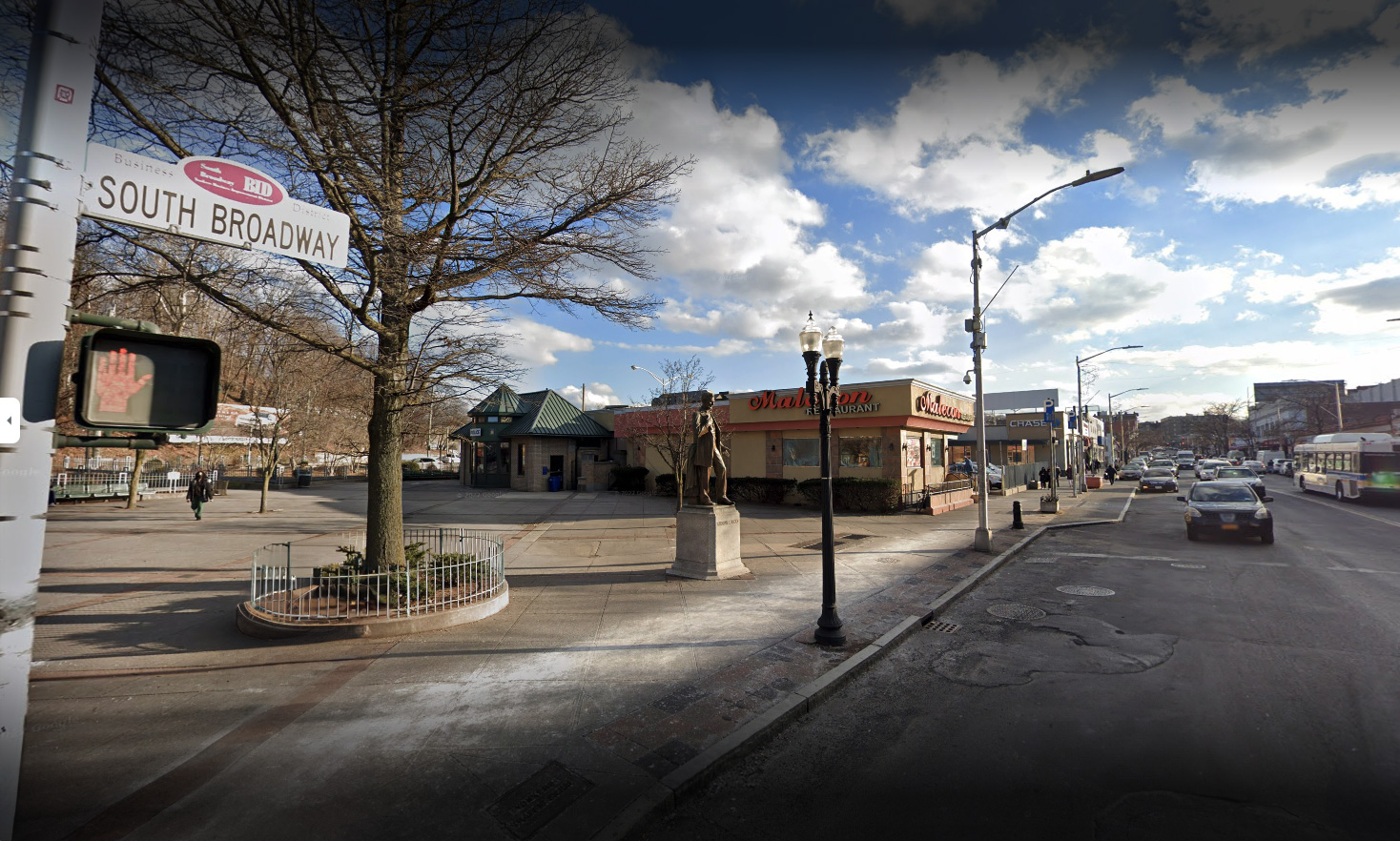
1970
Modern Day Yonkers
From 1970 onward, Yonkers' population has largely remained the same, at around 200,000 people. The city has been going through a revitalization process since the 1990s which helped to improve many of its old areas as well as attract new residents and businesses. The Hudson River waterfront area of Yonkers has also been the focus of a major effort to attract parkland and recreational activities there. Today, people of many different cultures live in Yonkers, which is reflected in the variety of restaurants and stores there. The city has long been known for its thriving shopping district at Central Avenue and Main Street.
in our city
region covers
57 ball fields, 24 tennis courts
in America
Latest Publication
The news about recent activities for needed peoples.
Our Proud Sponsors/Supporters


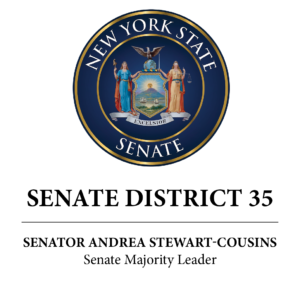
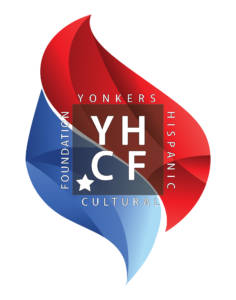
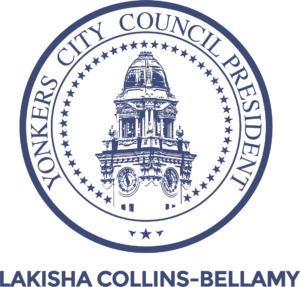

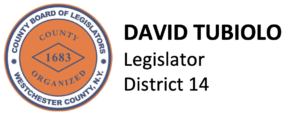
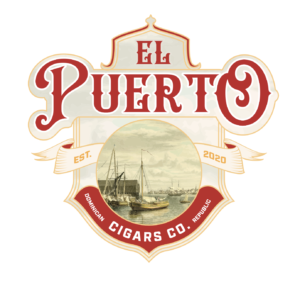
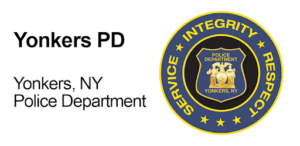
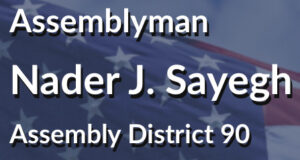

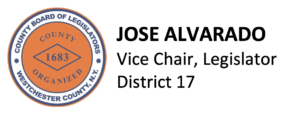
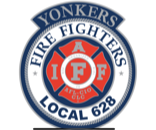
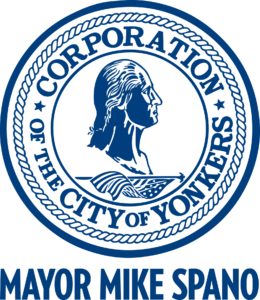

Connect With Us
8 Saint Andrews Place
Yonkers, New York 10705
Mon – Fri: 10:00 am – 6:00 pm
Useful Links
City News & Updates
The latest BID news, articles, and resources, sent straight to your inbox every month.


